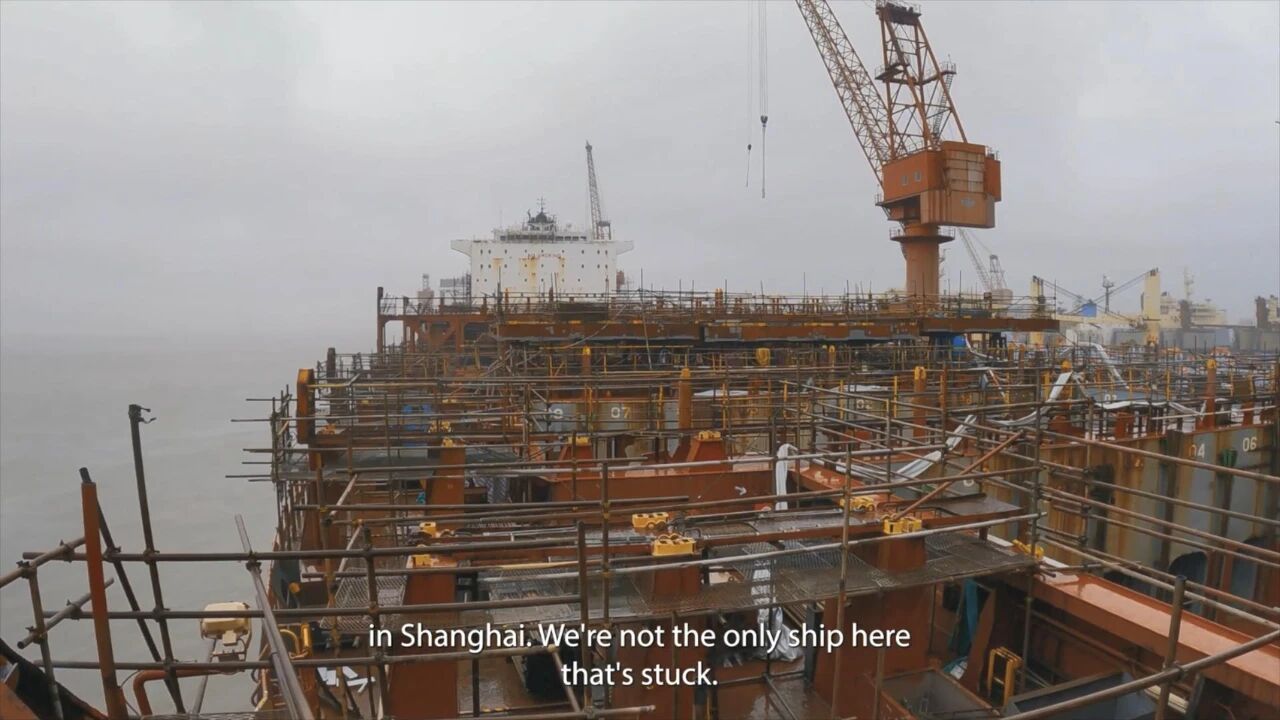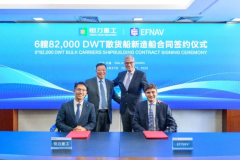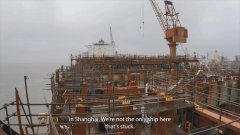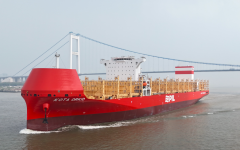
After the International Maritime Organization postponed the vote on its Net-Zero Framework, attention in the shipping market is quickly shifting from newbuilding to retrofit and repair.
Aging vessels are approaching mandatory special surveys, demand for energy-saving retrofits is soaring, and shipyard capacity is tightening fast.
According to Clarksons Research, global ship-repair activity has surged 7% year-on-year in 2025, with China dominating the market by a wide margin.
IMO’s Net-Zero Delay: Confidence Shaken, Reality Returns
The IMO’s decision to delay the adoption of the Net-Zero Framework has sent shockwaves through the shipping industry. Analysts warn it may reshape a multi-billion-dollar newbuilding landscape and undermine confidence in decarbonization pathways.
Frode Morkedal, Managing Director of Clarksons Securities, called the delay a “missed opportunity for newbuilding investment,” noting that the short-term winners are owners of older, conventionally fueled ships.
“A global carbon price would have spurred newbuilding, encouraged slow steaming, and accelerated scrapping of obsolete ships,” he said. “Now that rhythm is disrupted.” Morkedal expects new order growth to slow, prices to soften, and conventional designs to regain favor—placing IMO’s 2030 (40% reduction) and 2050 (net-zero) targets under practical strain.
Pragmatic Decarbonization and the Ship-Repair Surge
In a recent commentary, Bureau Veritas (BV) warned: “The real danger is that prolonged delays deepen market uncertainty and postpone investment decisions. Consensus is in everyone’s interest.”
BV also highlighted a more pragmatic route emerging—developing green corridors where ships, ports, fuel supply, and regulation advance together; achieving zero-emission trade on selected routes; electrification for certain short-sea or specialized vessels; and even exploring nuclear propulsion for hard-to-abate segments in the long term.
At the vessel level, tangible measures such as wind-assisted propulsion, hull optimization, and energy-saving devices (ESDs)—including improved propellers and energy-recovery systems—can cut GHG intensity by double-digit percentages while reducing fuel consumption.
These upgrades, conversions, and system installations are fueling unprecedented opportunities for ship-repair yards worldwide.
Clarksons data show that global repair activity has already jumped 7% this year, far outpacing fleet growth. Two key factors are driving this boom:
1. A surge of aging vessels due for their third, fourth, or even fifth special survey since the 2009–2010 shipbuilding boom;
2. Owners racing to install energy-efficiency technologies to meet tightening carbon-reduction rules.
The last major retrofit wave—scrubber installations during 2019–2020—has long passed, but a more stable decarbonization-driven retrofit cycle is now underway. Over 540 ships have already completed efficiency upgrades in 2025, and projects involving carbon capture systems and fuel conversions are on the rise. With yard capacity tightening, brokers warn of rising costs and longer waiting times.
China remains the undisputed leader of the repair industry. Seventeen of the world’s twenty busiest repair yards are located in China. At the recent SPCC (Shiprepairing Committee) Meeting No. 94 in Shanghai, data showed that China’s major repair yards achieved a combined output of RMB 33.95 billion in the first three quarters, up 13.14% year-on-year, with 4,841 ships completed (+2.85%). Pacific, Dalian, Huafeng, and Xinhong all saw output increase by over 30%, while CSSC’s Dadong, Wallem’s Wanbang, and Huangpu Wenchong posted more than 15% growth in completed vessels.
Retrofits and Efficiency: Seaspan’s Pragmatic Route
At the 2025 North Bund International Shipping Forum, Chen Bing, President and CEO of Seaspan Corporation, the world’s largest independent containership owner, noted that more than 90% of the global fleet still runs on conventional fuels, with an average container-ship age of 14 years. Facing the dual pressures of regulatory tightening and economic realism, Seaspan views retrofit and digital optimization as the most responsible, cost-effective path forward.
Seaspan’s twin-track approach:
- Fuel & Efficiency Upgrades: new propellers and fins, optimized bow forms, main-engine derating, and waste-heat recovery.
- Capacity & Operational Flexibility: deck-bridge reinforcement, increased stacking weight, upgraded stability/load software, and reefer-slot expansion.
- Green Fuel Readiness: methanol dual-fuel conversions, scrubber upgrades, and shore-power (AMP) retrofits.
So far, Seaspan has invested US $230 million in 552 retrofit projects across 86 vessels, with another 85 efficiency projects worth US $200 million in the pipeline.
“Rough seas make fish expensive,” Chen said, “but if the storm is too big, there will be no fish.” His message: certainty lies in execution and experience.
From Retrofit to Synergy: The Chinese Anchor
As previously reported by Xinde Marine News, Seaspan and Huazhi Energy Engineering (Jiangsu) jointly founded Wattspan Marine Technologies in June 2025, focusing on LNG, methanol, and ammonia dual-fuel conversions and energy-efficiency retrofits. The venture symbolizes China’s integrated model of cooperation—linking ship repair, equipment manufacturing, energy, and finance.
At a time of mounting uncertainty over the global net-zero path, China’s coordinated strength in green retrofitting, technology adaptation, and capacity supply is emerging as the industry’s most reliable anchor amid turbulent seas.

 Hengli Heavy Industry Secures 7 New Orders and Deli
Hengli Heavy Industry Secures 7 New Orders and Deli  Shipyards Heat Up: IMO’s Net-Zero Delay Sparks Gl
Shipyards Heat Up: IMO’s Net-Zero Delay Sparks Gl  PIL Celebrates Naming of Fourth 8,200 TEU LNG Dual-
PIL Celebrates Naming of Fourth 8,200 TEU LNG Dual-  2+4 1600TEU Order!MPCC Accelerates Fleet Renewal
2+4 1600TEU Order!MPCC Accelerates Fleet Renewal  Hengli Heavy Industry Secures Newbuilding Orders fr
Hengli Heavy Industry Secures Newbuilding Orders fr  The Vagaries of Marine Transit: Why Proper Packing
The Vagaries of Marine Transit: Why Proper Packing